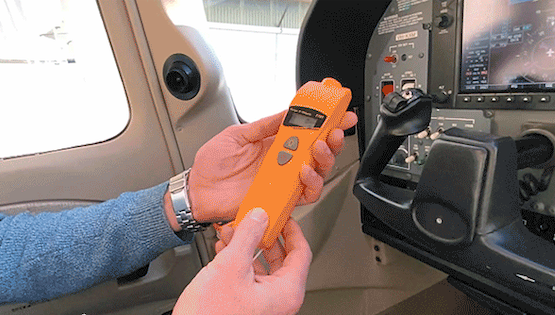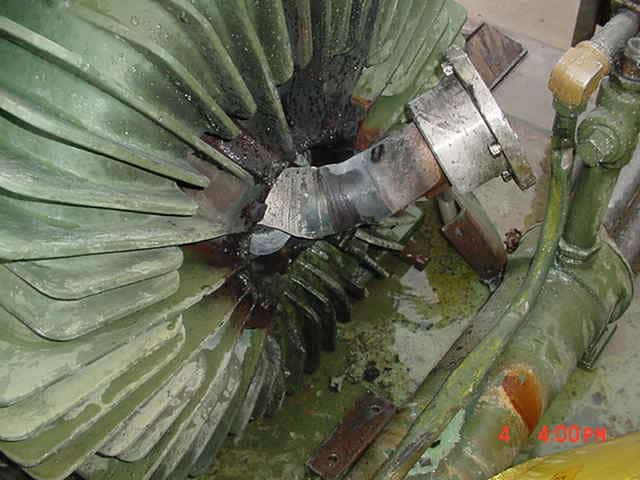How far away is death? Use an active warning carbon monoxide detector

Carbon monoxide (CO) is a colorless and odorless gas, and its presence may not be detected until the physical symptoms and cognitive effects present themselves.
The Australian Transport Safety Bureau (ATSB) urges operators and owners of piston-engine aircraft to use an active warning carbon monoxide detector.
When inhaled, CO preferentially binds to hemoglobin, the oxygen carrying molecule in red blood cells. This creates COHb compounds and prevents oxygen from binding to the molecule and being transported, resulting in oxygen starvation.
Symptoms can include breathlessness, confusion, disorientation, and incapacitation.
Disposable spot detectors as commonly used in general aviation may be effective in warning pilots of the presence of CO, but they have known limitations.
A spot detector is a passive device that relies on the pilot regularly monitoring it for discolouration.
In addition, identifying a positive indication is also dependent on the detector being easily visible and accessible.
The ATSB highlighted its concerns regarding exposure to CO when it issued two Safety Advisory Notices arising from its investigation into the collision with water of a DHC-2 Beaver aircraft in Jerusalem Bay, north of Sydney, in which the pilot and five passengers were fatally injured. Toxicological testing of blood samples found the pilot and two passengers had elevated levels of CO. The aircraft was fitted with a disposable CO spot detector.
The first Safety Advisory Notice, to maintainers of piston-engine aircraft, highlighted the importance of the thorough inspection of exhaust systems and the timely repair or replacement of deteriorated components.
The second Safety Advisory Notice, to piston-engine aircraft owners and pilots, reiterated the importance of the use of an active CO detector in the cabin.
CO detectors with an active warning are inexpensive and widely available, and they provide pilots with the best opportunity to detect CO exposure before it adversely affects their ability to control the aircraft, or they become incapacitated.
Source: ATSB (Australian Transport Safety Bureau), “Know CO: Use an active warning carbon monoxide detector.”
Circumstances can crop up anywhere at any time if proper and safe sequence and procedures are not planned and followed. We encourage you to learn and use the TapRooT® System to find and fix problems.
TapRooT® has a team of investigators and instructors with years of extensive training ready to offer assistance worldwide. We also offer ongoing support to our clients through free newsletters and root cause tip videos, the root cause analysis blog, and our annual Global TapRooT® Summit.
Register for one of our courses. We offer a basic 2-day course and an advanced 5-day course.
Contact us to discuss training your employees on-site. You may also call us at 865.539.2139 to speak to an instructor, schedule an executive briefing, or book on-site training for your team. We’re here to find solutions for you.



